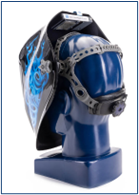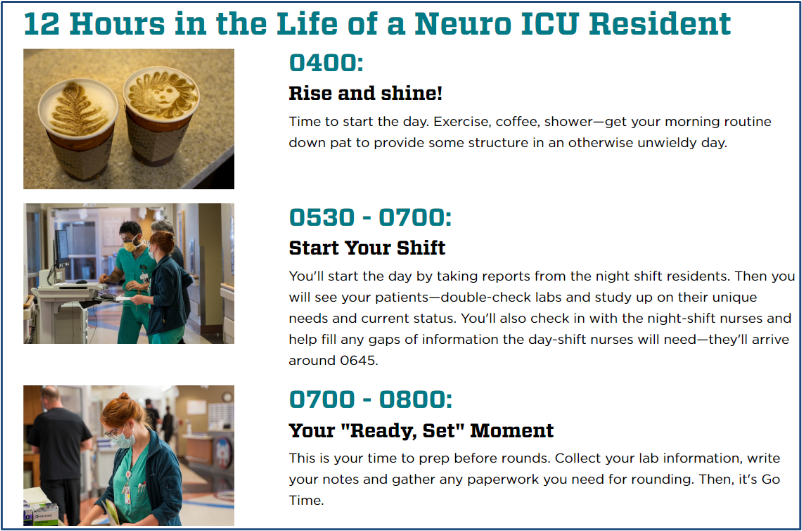Stamats Content Marketing
August 5, 2024
For most students, finding a college or university isn’t a linear path. They’re not flipping through a stack of viewbooks or looking at ranking sites. Instead, they’re scrolling on social media, absorbing videos, podcasts, and stories that give them what they crave: Tips, strategies, and pathways to get the jobs they want after graduation.
BestColleges.com reports that student outcomes ranked second only to affordability among decision factors for prospective students. Your audience wants to know if they’ll be able to:
Your institution has the data to answer these questions. And you can use it to fuel a career-focused storytelling strategy that builds community with prospective students—and supports your enrollment goals.
Harper College in Palatine, Illinois, is one example of a forward-thinking institution that’s leaning into this strategy. Here are some pro tips from Mike Barzacchini, Director of Marketing Services at Harper, and Mariah Tang, AVP of Content Marketing at Stamats, about creating career-focused stories for your institution.
Prospective students are more likely to trust testimonials from current students and alumni than from faculty or staff. Stories from alumni naturally avoid the advertising-speak that can creep into your marketing materials—and that young consumers can spot from a mile away.
“Career-focused stories from alumni hold so much more depth and relevance than the typical ‘graduated and got a job’ approach to alumni testimonials,” said Mike. “As a community college, we emphasize belonging, and we intentionally focus on the community impacts of our alumni. We feature stories about people who live and work here after graduation, alongside stories of alumni who are now making waves in a new community.”

Here are four examples of career-focused alumni stories from Harper:
By promoting alumni and student success on LinkedIn, Harper demonstrates the real-world value of their career-focused curriculum.
Pro tips:
Prospective students (especially adult learners) need a clear understanding of their return on investment before committing to your college. Show them why it’s worth their time, energy, and money to enroll by creating content that answers their burning—and often specific—questions, such as:
To answer these important questions, use current career data from EMSI and other trusted resources to craft a broad overview story about a growing industry or in-demand career. Include testimonials from alumni who’ve been there, along with details such as future job demand and the degree needed to achieve their goal.

In 2020, UT Permian Basin worked with Stamats to create a roundup story about in-demand careers in growing industries in West Texas. The story opens with an alumni story, in which a student discusses her ROI.
The meat of the story is a description of certificates, degrees, and job titles to reach for if learners are working or trying to get into top fields like healthcare, manufacturing, or hospitality. The story still ranks on Google Page 1, four years later.
Pro tip: Include links in the text that direct readers to specific programs and fast-tracking strategies to graduate early. Strategic interlinking to helpful next steps shows that you “get” them and you are here to help.

Partner with local businesses in your community to give prospective students a look at what specific careers are really like. Or talk with students in particularly intense training programs to show incoming learners what to expect.
In 2021, the University of New Mexico Health Sciences Center worked with Stamats to create this award-winning timeline, A Day in the Life of a Neuro ICU Resident, to visualize a neurology trainee’s daily schedule.
The story continues to outrank major competitors’ program pages due in part to its compelling, narrative approach to answering audience questions.
Pro tip: “Day in the life” stories let prospective students picture themselves in a career or in your program. Offer detailed and transparent timelines—how long the program takes, when it is offered, and how to get it done around work and family.
Career-focused storytelling lets you highlight your programs in a way that is helpful and relevant to prospective students. While it does take work to connect with alumni, gather career data, and keep your content fresh, the investment is worth the result: Click-worthy, engaging content that helps more students choose your institution.
Ready to create career-focused stories that convert? We’d love to connect to discuss your content strategy and how career-focused storytelling can support your enrollment goals. Email Mariah Tang today.